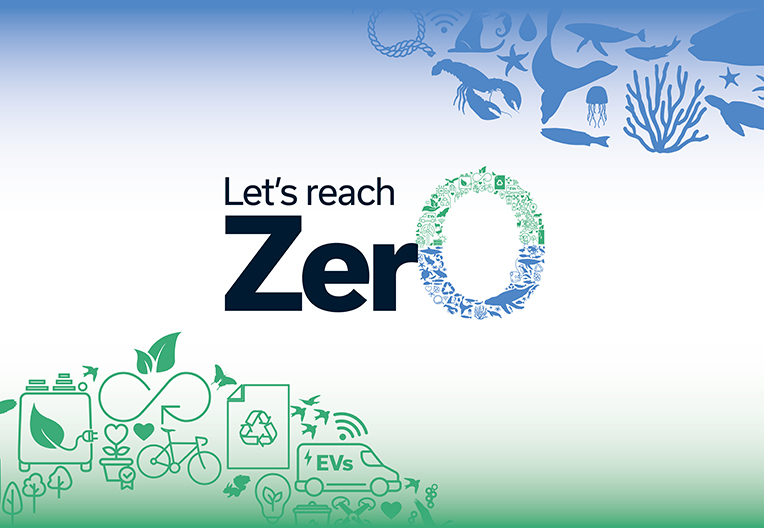
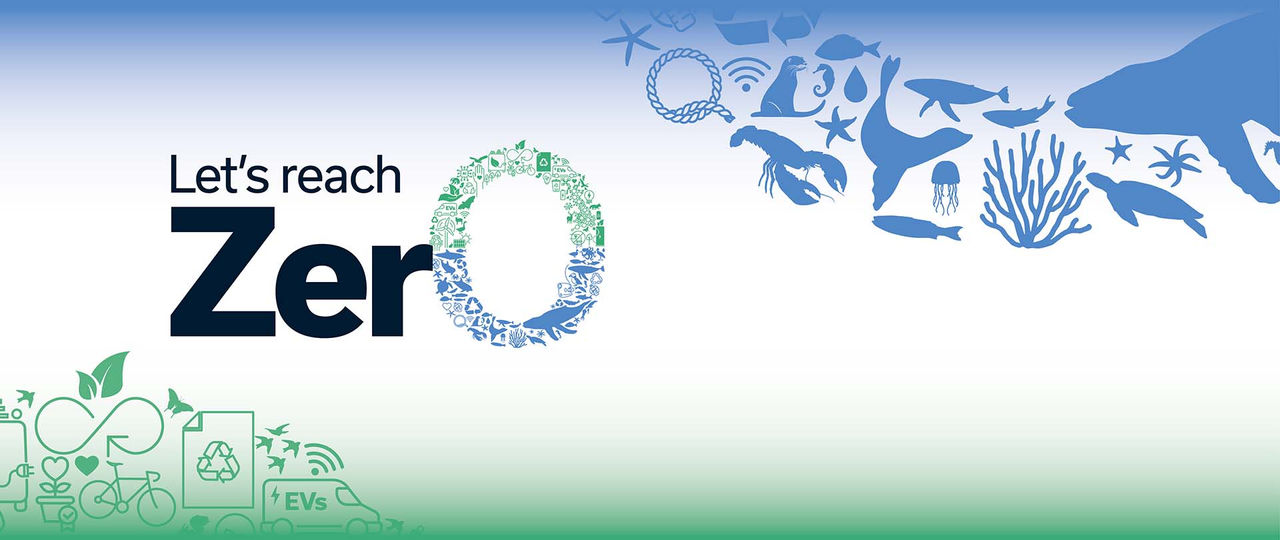
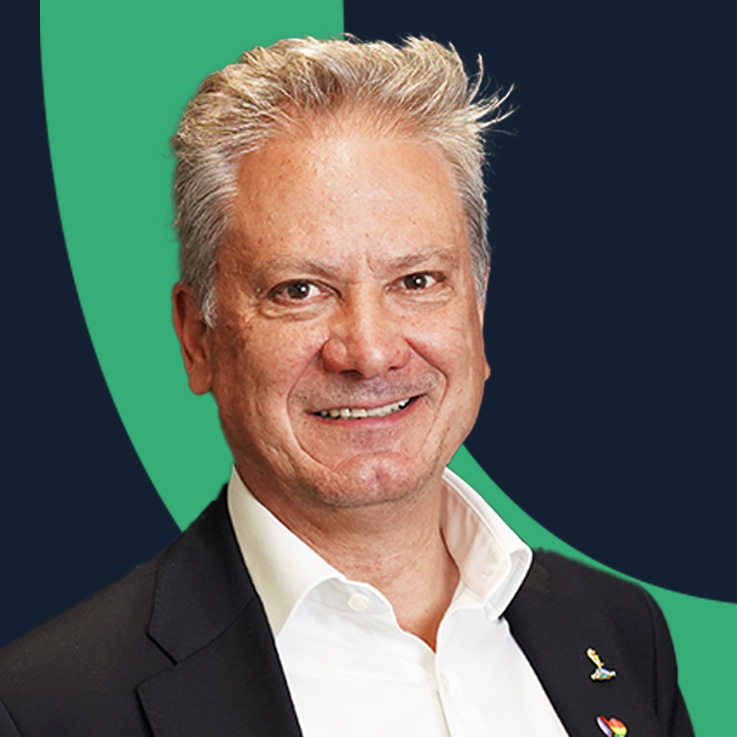
“We’re building and maintaining the UK's largest Full Fibre broadband network – and we know that comes with challenges.
Like any national infrastructure upgrade, it can be disruptive and resource-intensive. From the energy we use, to the waste we create and the pollution our vans emit.
At the same time, we see the climate emergency is escalating. With storms, floods and heatwaves putting pressure on our own work, as well as our broader way of life.
At Openreach, we feel strongly that Full Fibre is part of the solution. It helps people work smarter, travel less, and run more efficient homes and businesses. It also powers healthcare, AI, education and innovation – in fact the list keeps growing.
We’re part of the problem, but we’re also committed to being part of the solution, alongside our customers and our partners.
That’s why we’ve launched our sustainability strategy:
Let’s Reach Zero, together."
Clive Selley CBE | Chief Executive Officer
Building and maintaining our network sustainably is how we do business.
Our impact on the environment shapes our decision-making and it challenges us to think about how we can do things better.
Our mission – to build the best Full Fibre future for the UK – will create a more sustainable network which uses less power, is more reliable and becomes the digital platform for a greener economy.
We know our work has an impact on the environment, so we’ve set ourselves three key objectives to help tackle that:
Reduce our carbon footprint
Use fewer materials and reduce waste and
Protect the natural habitats we encounter
Together, these sum-up the approach we need to operate sustainably and they’re the right thing to do for our business, the communities we serve, and the environment we all share.
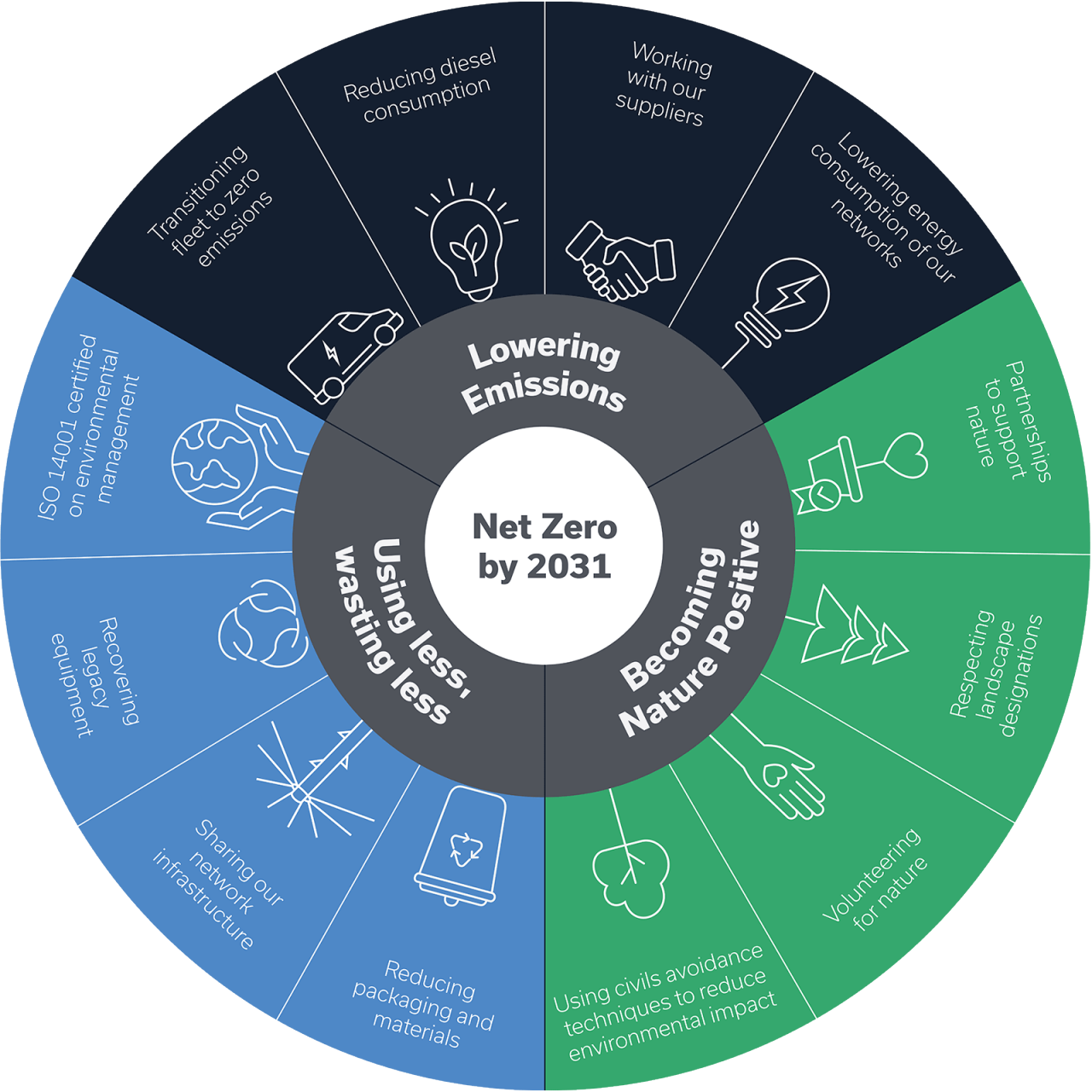
Zeroing In: Conversations Driving a Greener Future
Discover Zeroing In, our new video series hosted by Head of Sustainability Abby Chicken. Each episode explores how Openreach and our partners are tackling the climate challenge through bold ideas, collaboration, and real progress toward net zero.
Watch the series
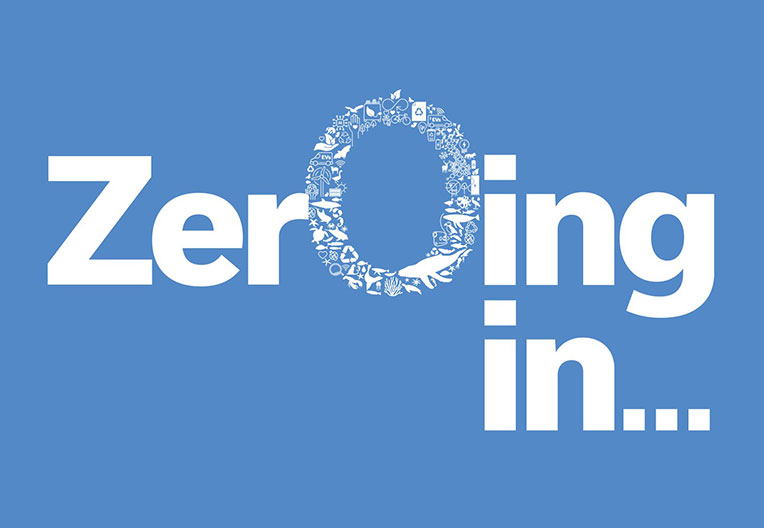
Reduce our carbon footprint
We have a Net Zero science-based target of 2031 for our own operations and 2041 for our supply chain, and we’re working to reduce emissions in our fleet, our network and with our partners.
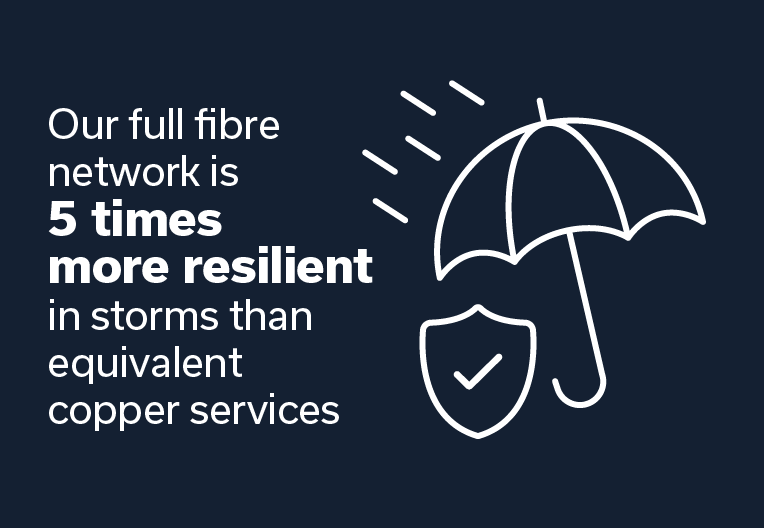
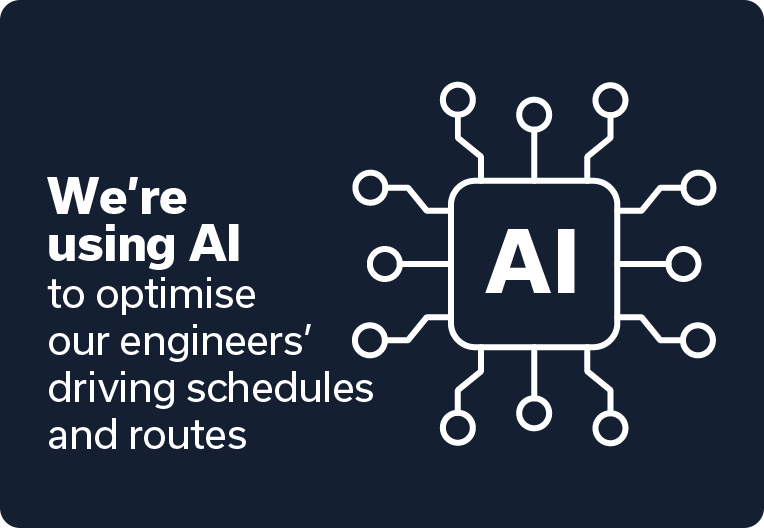
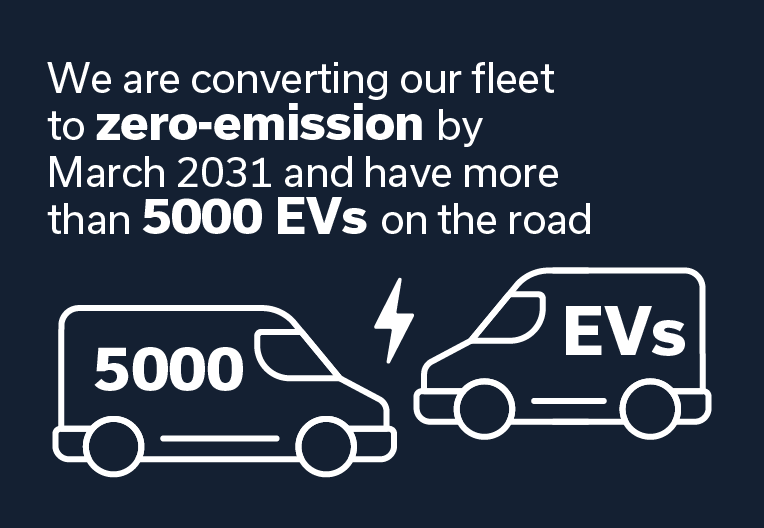
Use fewer materials and reduce waste
We’re determined to use less, waste less and keep using stuff for as long as possible.
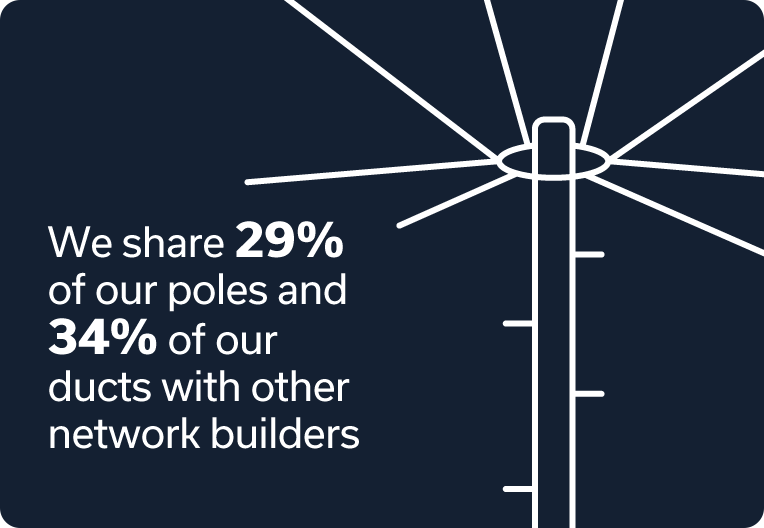
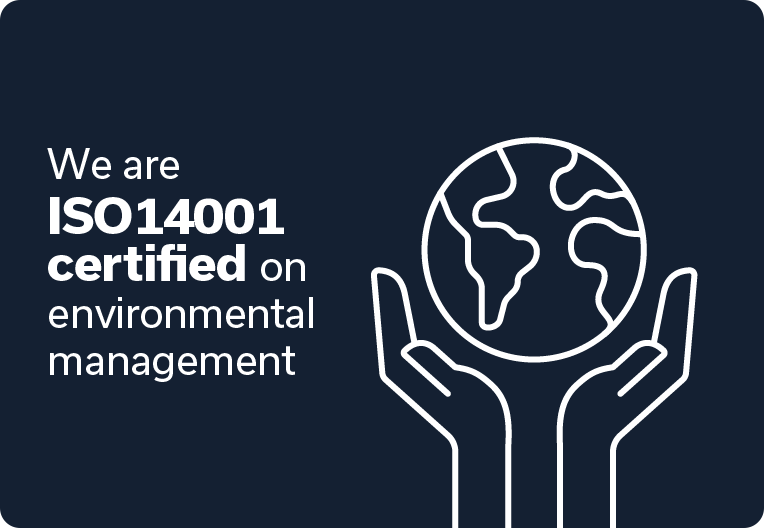
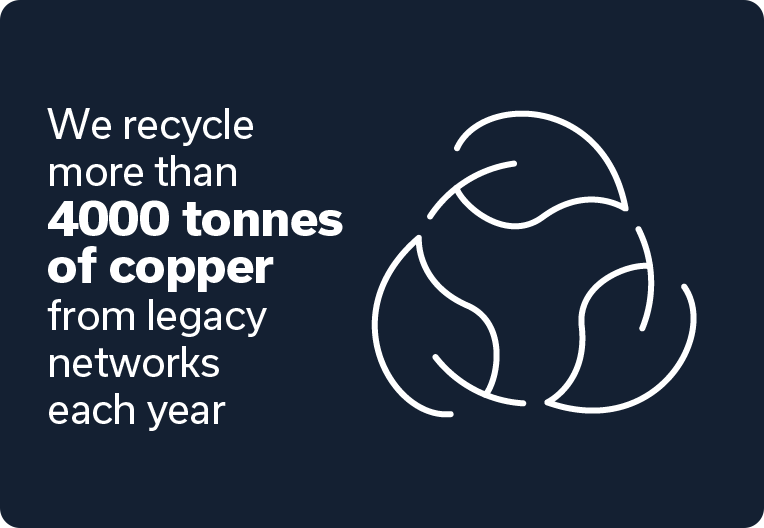
Protect the natural habitats we encounter
We work right across the UK, from the busiest cities to the most remote villages, which means we encounter wildlife and natural habitats wherever we go. We’re determined to limit the impact we have on them.
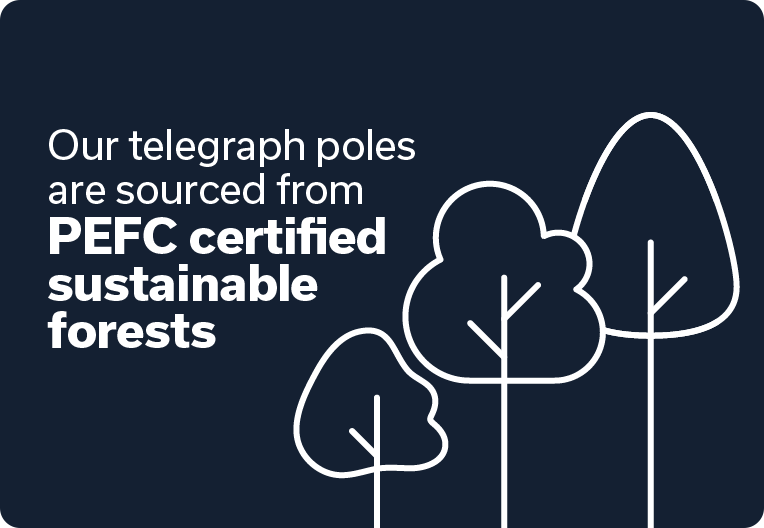
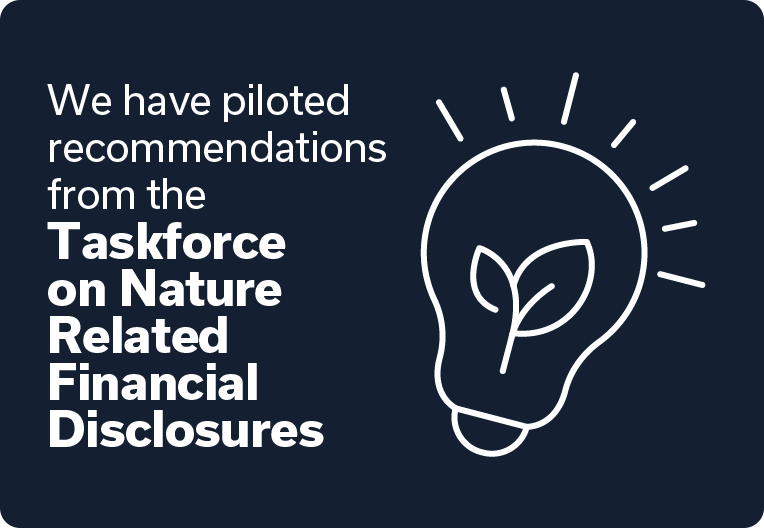
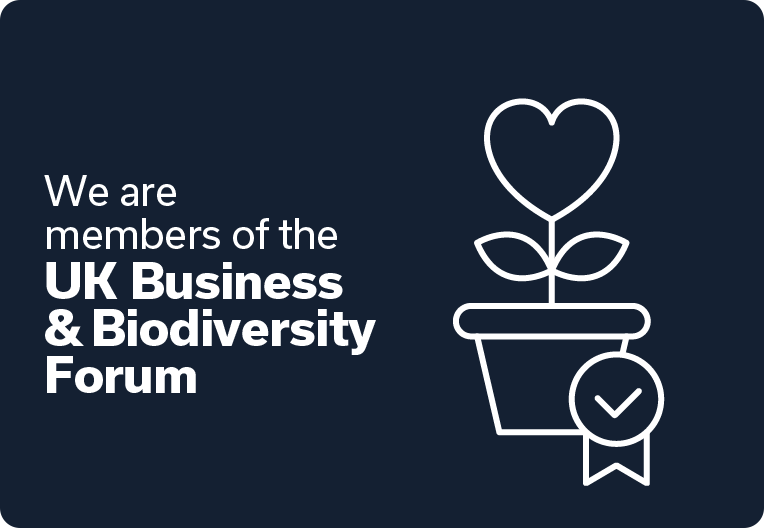
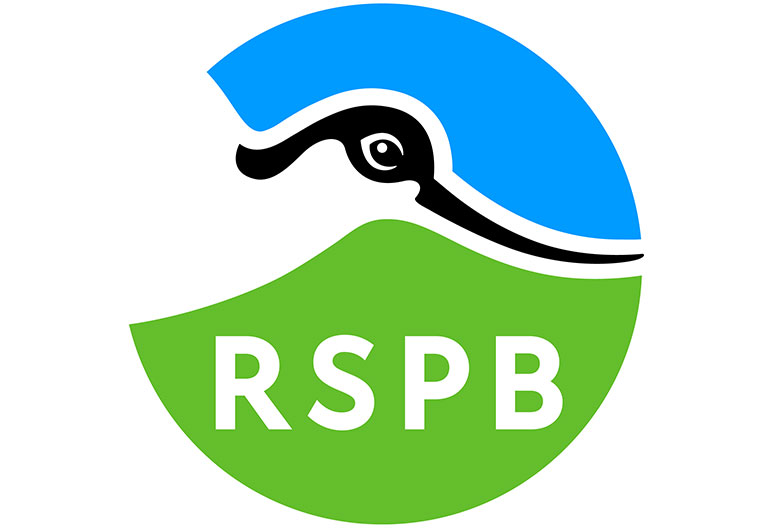
The Royal Society for the Protection of Birds (RSPB)
We are excited to announce the launch of a Business Conservation Partnership with the RSPB. This partnership aims to ensure that nature-positive actions are considered and implemented as part of our fibre build programme.
Read more about our partnership
Meet our expert
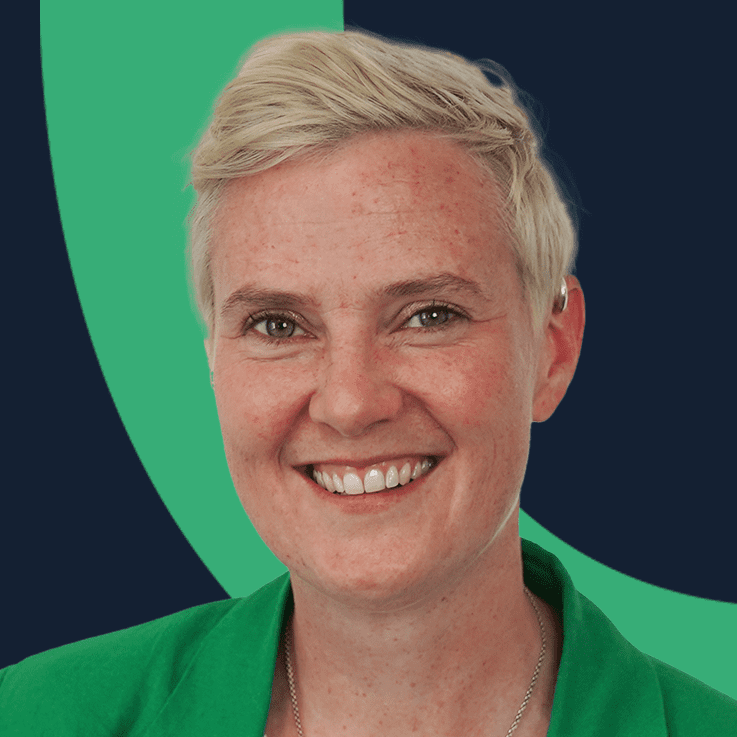
Abby Chicken
Head of Sustainability
Abby has more than ten years' experience in sustainability and corporate responsibility, having built the "Project Earth” strategy for Selfridges and working in the John Lewis CSR team before that, covering topics including net zero, circular economy, nature and biodiversity, materials policy, strategic charity partnerships and social value. Outside of work, she is a trustee for Surrey Wildlife Trust.
Latest Let’s Reach Zero News & Media Releases
Check out our Let’s Reach Zero news & media releases.



















